While we believe in making things happen fast, we won’t cut any corners. Delivering a world-class experience for our partners is our #1 core value at BGS.
Your Amplify partnership with Build Grow Scale includes intensive qualitative and quantitative research and analysis, test hypothesis creation, and extensive A/B/n testing.
Our Revenue Optimization™ experts become part of your team. You’ll have a dedicated RO expert, along with a front end developer, back end developer, two UX QA experts for quality control (bug checking), and a Google Analytics expert, all working on your store. You and your team will communicate with us daily in a private Slack channel and in person during weekly check-in calls.
Important: It is rare for a single test to result in massive “home-run” results. Success with Revenue Optimization™ comes from compounded smaller wins over a long period of time.
Not that you won’t get some very exciting lifts from the tests, but the home-run win that you want will come from longer-term, data-backed optimizations compounded over time.
We offer both flat monthly-fee-based and performance-based plans on six-month or annual terms. The type of plan depends on a number of factors specific to your business, which we will discuss in detail during our strategy video call.
![]()









